Journeys, outings to the hills, short trips. Motorcycle riding is one of those pleasures that, once you’ve experienced it, it’s hard to give up. But to live this passion with peace of mind, it’s necessary to take some precautions, especially in terms of equipment and protection. After all, we all know that motorcycle riders, when flanked by motorists and truck drivers, are the weakest link on the road. So, it’s up to the rider (and the passenger) to equip themselves accordingly. The first step is wearing a helmet, but the second most important element is a back protector, which dramatically reduces the possibility of damaging the spine.
It was the 1970s and motorcycles were already quite fast. Riders, then, generally behaved like daredevil heroes, speeding around lamp posts and doing jumps over low walls and on and off pavements. Not all, however, not everyone was racing about like there was no tomorrow. Indeed, those were the times when safety began to become a relevant issue in the racing world.
This sport took its first major step towards modernity thanks to the vision of Lino Dainese and Barry Sheene, who created the first motorcycle back protector in history. Bazza expressed a need for one and Dainese designed a solution that would become a key feature for everyone, not just World Championship champions.
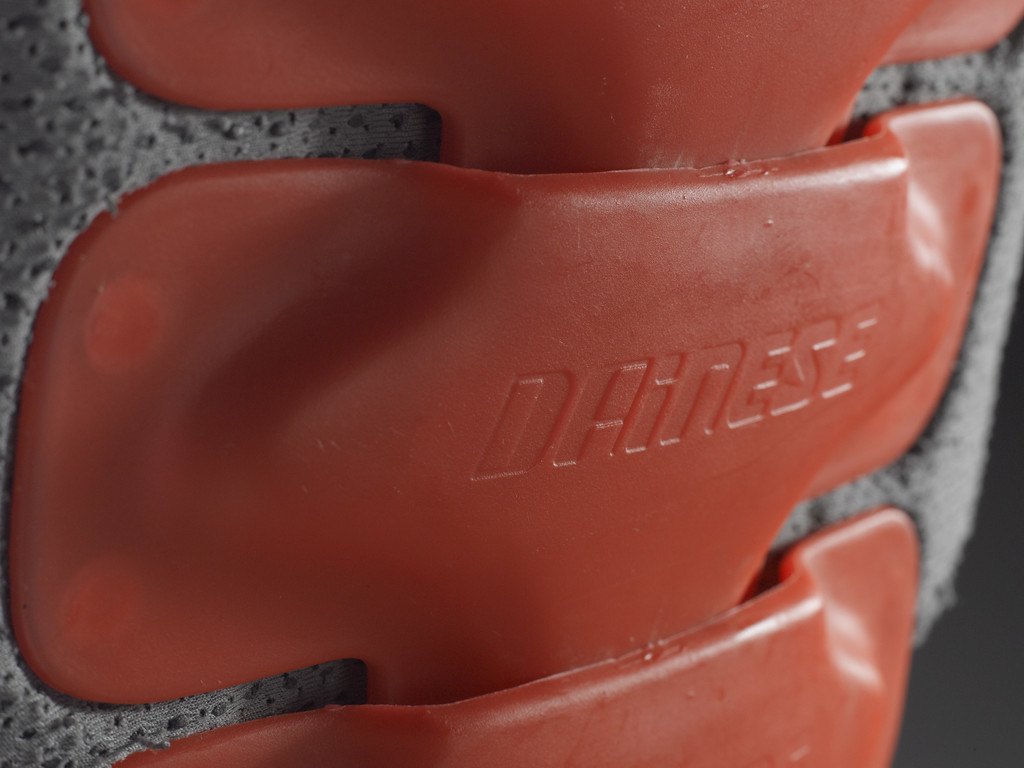
The first back protector was born in 1979. In the next 40 years, its evolution never stopped. A product that initially seemed futuristic and out of its time very quickly became an essential piece in every rider’s equipment. The back protector is a must-have, exactly like the helmet, gloves and boots. Something that makes you think about how they managed when they did not have it.
Since the very beginning, Dainese had the most prominent source of inspiration: nature. Over millions of years, who better was able to explore and find solutions to every kind of challenge? In ’79, it was the lobster to ideally provide its shell to bring the first back protector to life. A series of jointed hard plates, extremely protective but able to ensure proper freedom of movement. The crustacean shell, with the right adjustments, was replicated in plastic materials. For this reason, the name is a tribute to the first inspiration: the Lobster.
Dainese moved on following this path, drawing ideas from other solutions in the natural world, such as the shells of the armadillo and the pangolin, two rare mammalians protected by high-mobility rigid scales that slide upon each other. Then fractals, the language used by nature to create complex structures, such as a snowflake, roman cabbage or thunders.
Technological research and an increasing master in the processing of materials led to ever more refined solutions, always closer to the real needs of users. To the point of being able to differentiate the offering to meet every type of requirement.
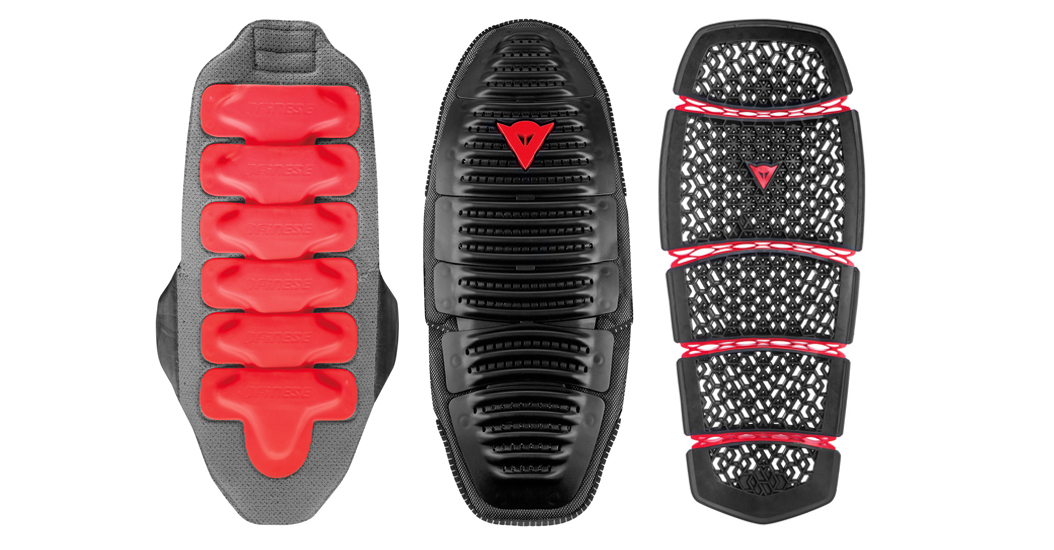
Homologation is a decisive factor when choosing the best back protector, as it guarantees that the product has undergone specific tests carried out by an external certified body. These tests mainly concern the coverage area and what is termed “residual force”, which is actually a protector’s ability to dissipate the energy of an impact (the absorbed force that’s not transmitted to the body). The latter parameter is subdivided into two levels, whose reference standard is called EN1621/2. If you’d like to learn more, we have also written a dedicated guide on motorcycle protector certifications.
Then, there is a differentiation between Central Back and Full Back, which identifies protectors that cover only the spine and those that, on the upper part, become wider, protecting a larger area of the back.
Moreover, it is useful to remember that rigid and soft protectors with the same level of certification have an equal shock absorption capacity. It is not correct to say that a rigid protector is able to absorb more forces than a soft one. Instead, it is true that different materials and structures are studied to meet different personal needs of various types of bikers.
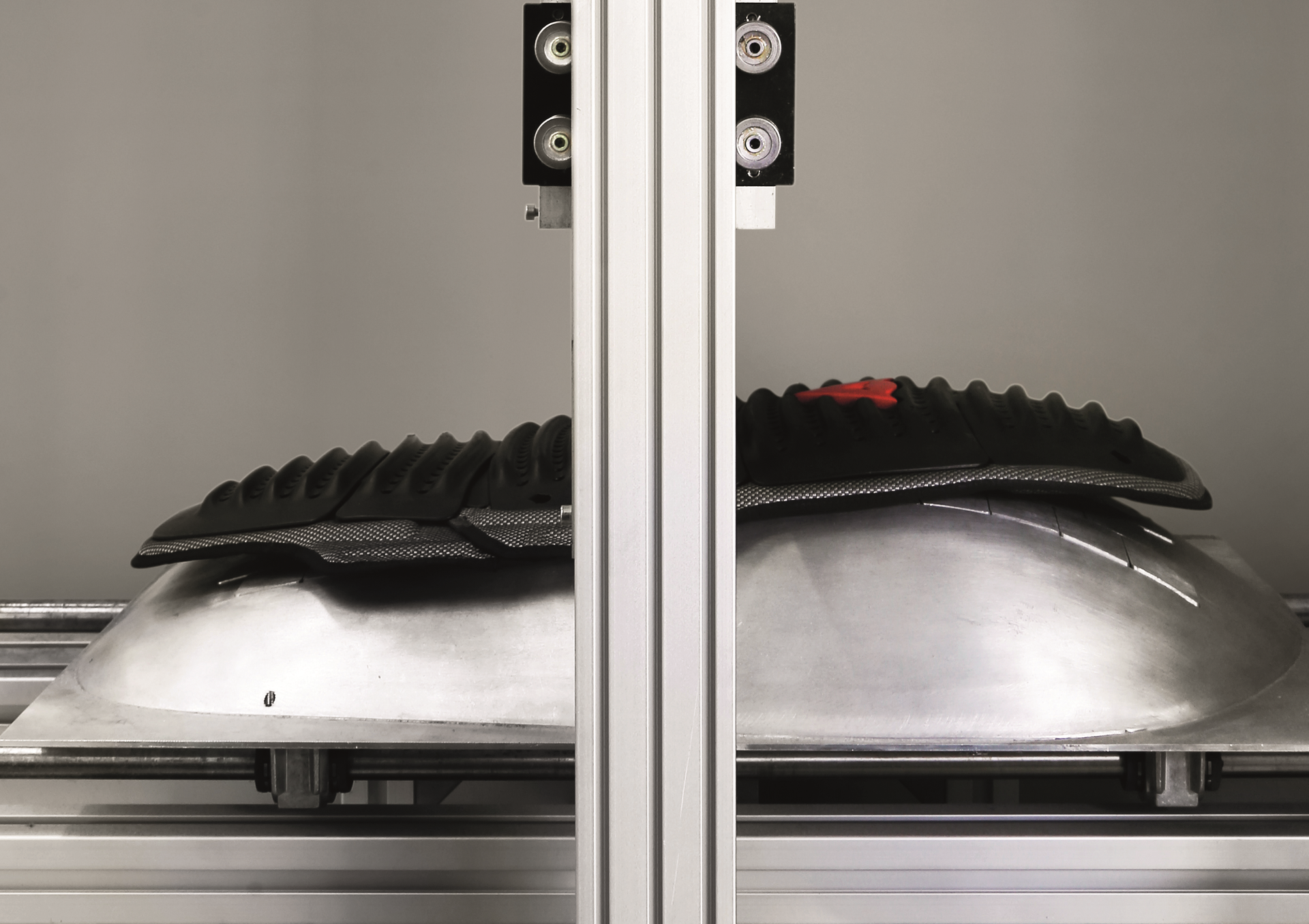
When choosing back protectors, their fastening system is another factor to consider. The protector can be an insert i.e. housed inside the jacket (ours all feature a dedicated pocket), or have straps, i.e. worn under the jacket and steadily attached to the body via a stretch lumbar band.
To help you figure out which system to choose, we can tell you that the pocket back protector, being slightly shorter than the others, tends to be very practical and doesn’t take up much space. If, on the other hand, you are leaning toward a back protector with straps, rest assured that such a system provides great stability and flexibility.
All our back protectors are available in both versions, with or without straps (the inserts are identified by the letter G in their nomenclature, accompanied by the number 1, 2 or 3 depending on the size).
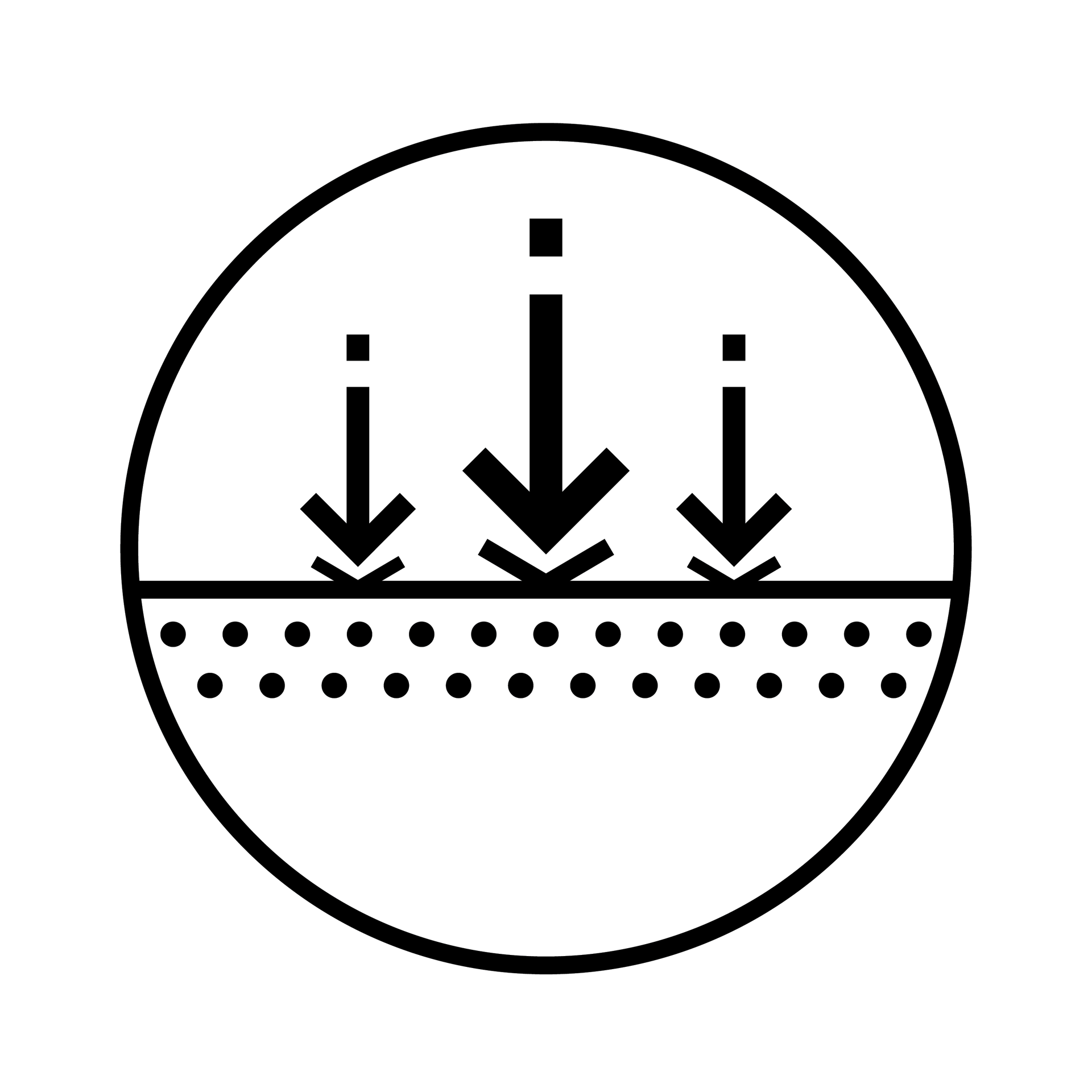
The capacity of dissipating impact energy is the main characteristic of a protector. The higher its capacity to absorb and dissipate impact forces, the lower the force transmitted to the rider and, therefore, the impact perception. The level of safety of a protector increases with its capacity of dispersion.
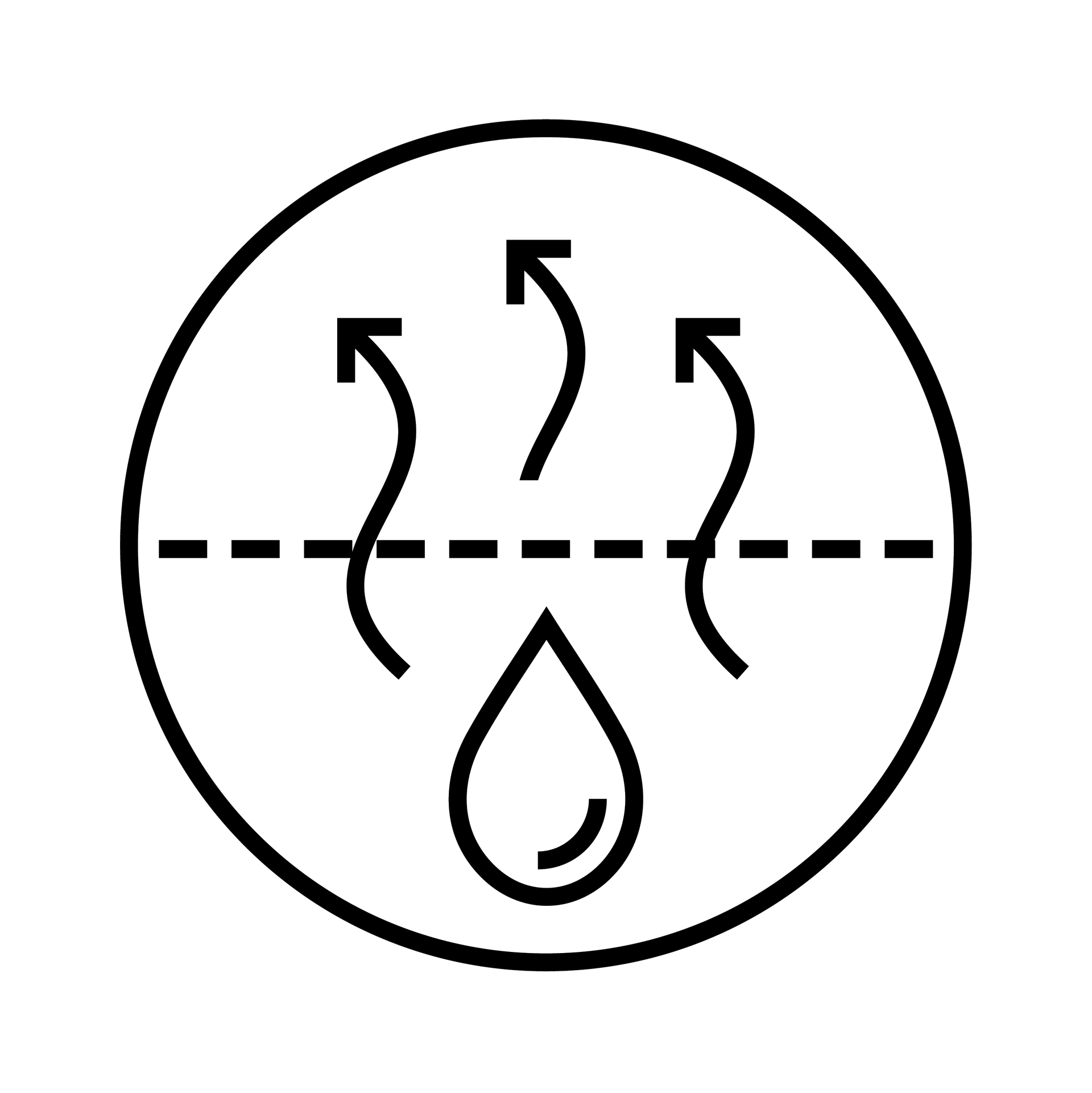
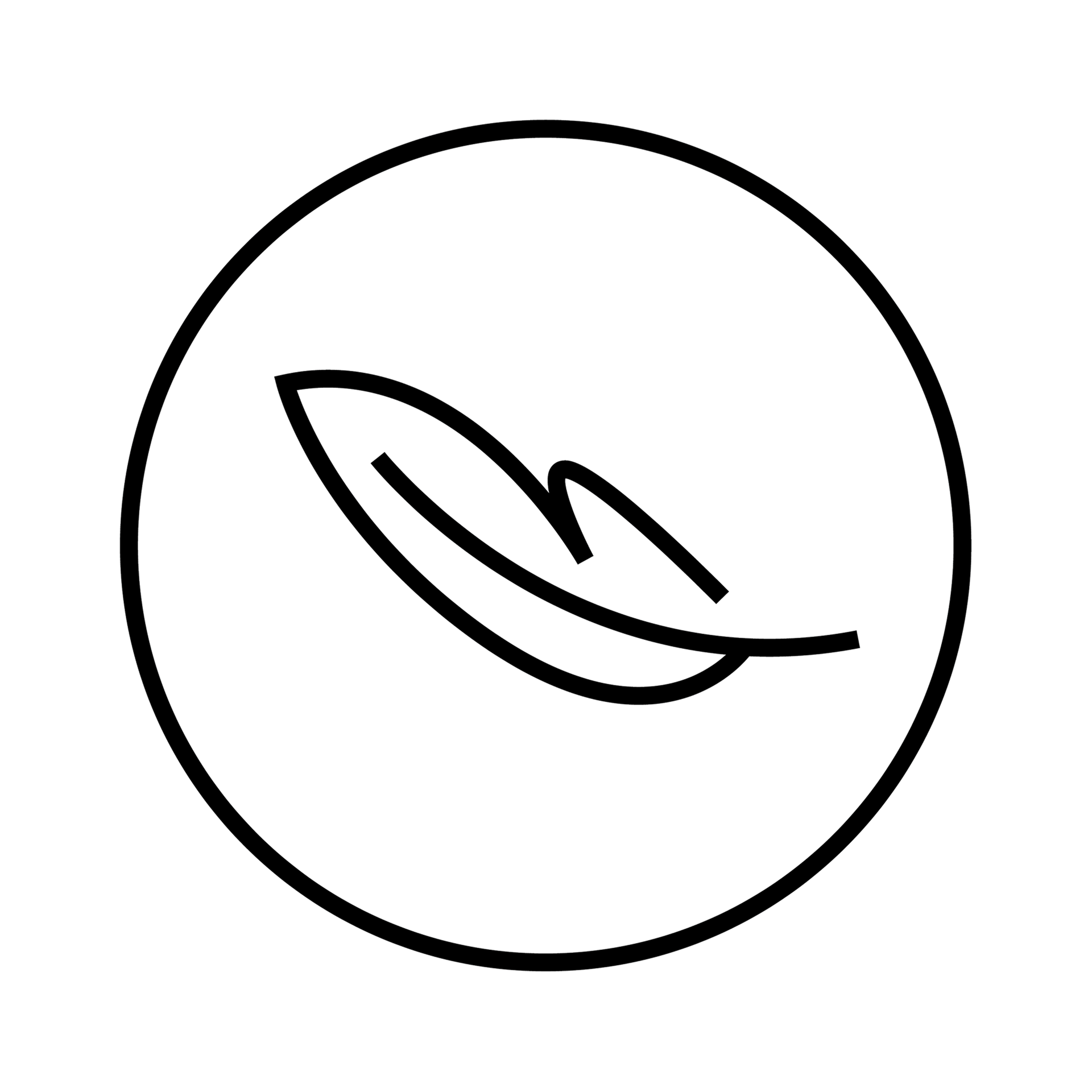
A light protector can be more comfortable and worn longer, lowering strain while riding. Also in this case, this is an extremely important factor for safety: a less tired rider, freer to move, will be readier to react to dangerous situations on the way.
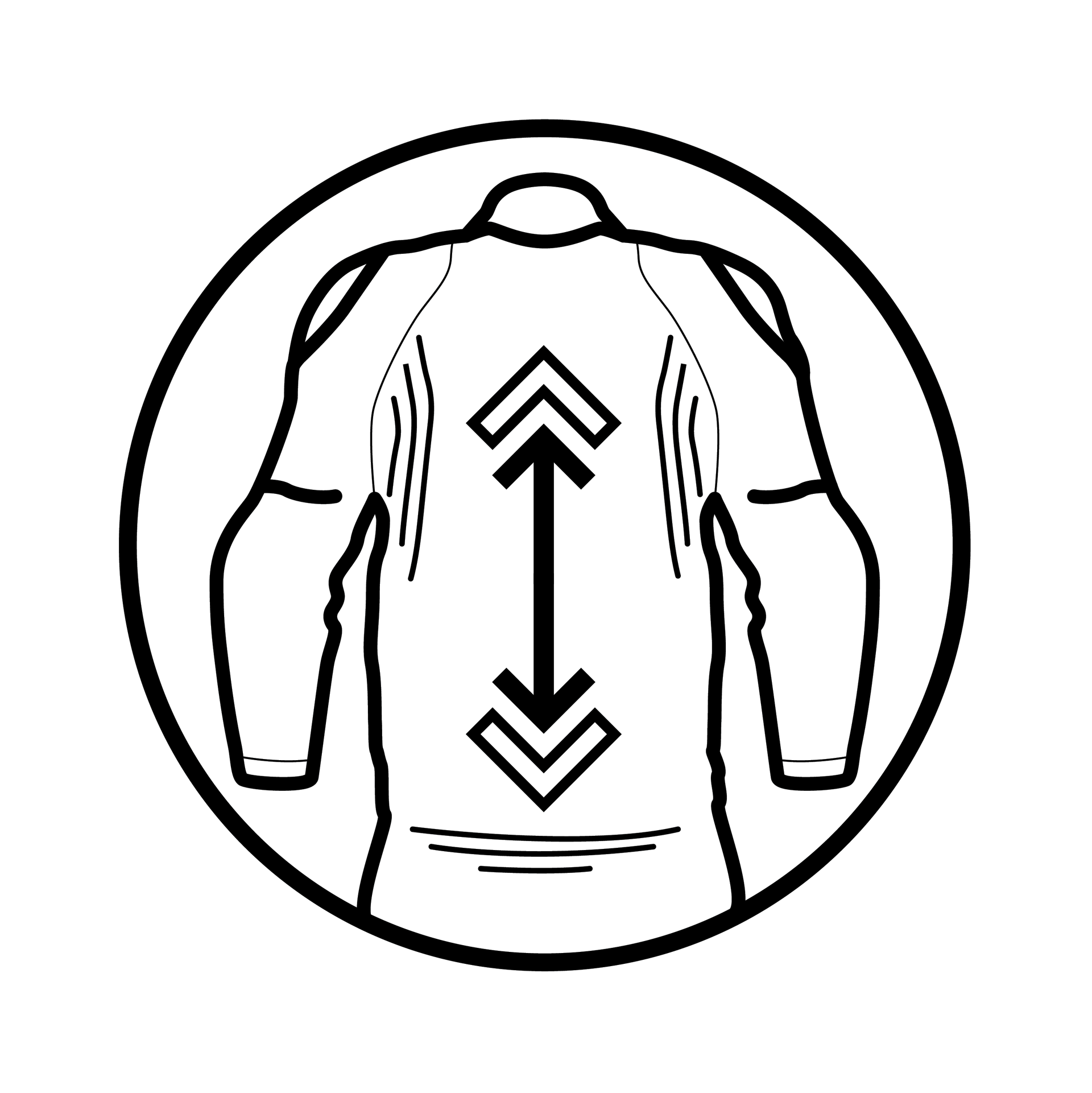
Fit and integration with the jacket or suit are important features that allow greater freedom of movement and the reduction of bulkiness as much as possible. Making sure that the back protector best adapts to your gear is crucial to ensure spontaneous gestures on the bike and less hassle.
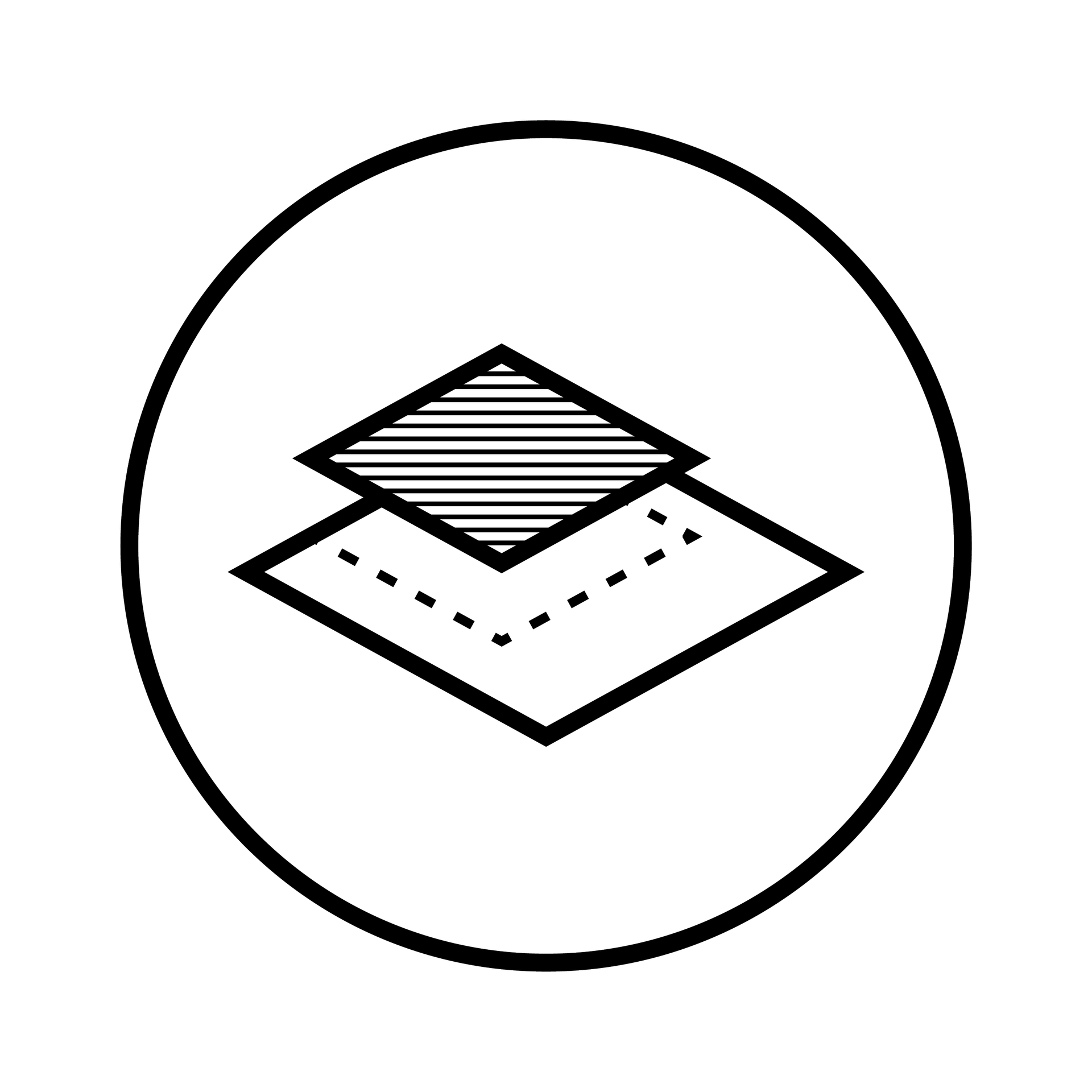
There are different sizes and types of back protector, covering different areas of the body. It is obviously true that the wider the area covered, the larger the protected surface. But you should also remember that it is fundamental to find the right balance between coverage and freedom of movement for the highest level of overall safety.
To each its own, people say, and protection makes no exception. Lightness, breathability, coverage and impact absorption. There’s no excuse: Nowadays, every need can be met by increasingly advanced technologies able to condense a wealth of experience developed over nearly fifty years into a back protector weighing just a few grams, to the benefit of all those who need to tackle extreme conditions. The back protector is not an accessory, but something you can’t do without – to each their own.
Pro-Armor 2.0 is the only Dainese motorbike back protector not featuring hard plates. It is a soft protector, made of carbo-elastomer. Its geometric patterns are inspired by fractals, the language used by nature to create complex structures. This structure makes it extremely light, flexible and highly resistant to impacts. The four tendons-junctions that connect the panels ensure great torsional capacity, lateral and lengthwise extensions. Its specific composition enables to dissipate part of the impact force as heat. Thanks to the structure inspired by fractals, 43% of the surface is perforated, for unparalleled air and heat exchange.
Wave is the back protector meant to be inserted in racing suits, used also by MotoGP riders. Its external armor consists of rigid wavy plates that recall the armadillo shell, a perfect solution to dissipate impact forces on a wider area. It features a honeycomb aluminum core, able to provide great impact protection although maintaining a very light structure. Reduced thickness is a further strength that ensures perfect integration inside the suits.
Pro-Shape is the lightest and thinnest back protector in the Dainese range. Only available in the G-type pocket version, it’s elastic and flexible to better follow all your body movements and remain undetectable inside the jacket, even when you get off the motorcycle to go about your daily activities. It’s extremely ventilated, owing to its 30% open surface, providing optimal air and heat exchange even in the hottest climates.
As you may have guessed, there are many factors to consider when choosing the right back protector for your needs – however, what you can’t do without is a (certified) level of protection and comfort that to us always translates into safety.
By now, which model you should choose to meet your needs should be clearer. But how to select the correct size? The table below might perhaps be of help: By considering your height and waist circumference, you will find the right combination of sizes (the G variants are those you can insert, this is why they don’t include waist circumference but only the jackets in which they can be inserted). For example, if you are tall and thin you may need a Long back protector with a size S waist.
Remember, however, that this chart cannot absolutely guarantee the perfect fit; this is why, if you want to play it safe, we recommend you visit an authorized dealer. If you don't want any assistance, then make sure to try the back protector while wearing the jacket you usually use, as this is the only way to know if it’s the right one. Also, remember that it must protect you from the tail bone up to the cervical region.